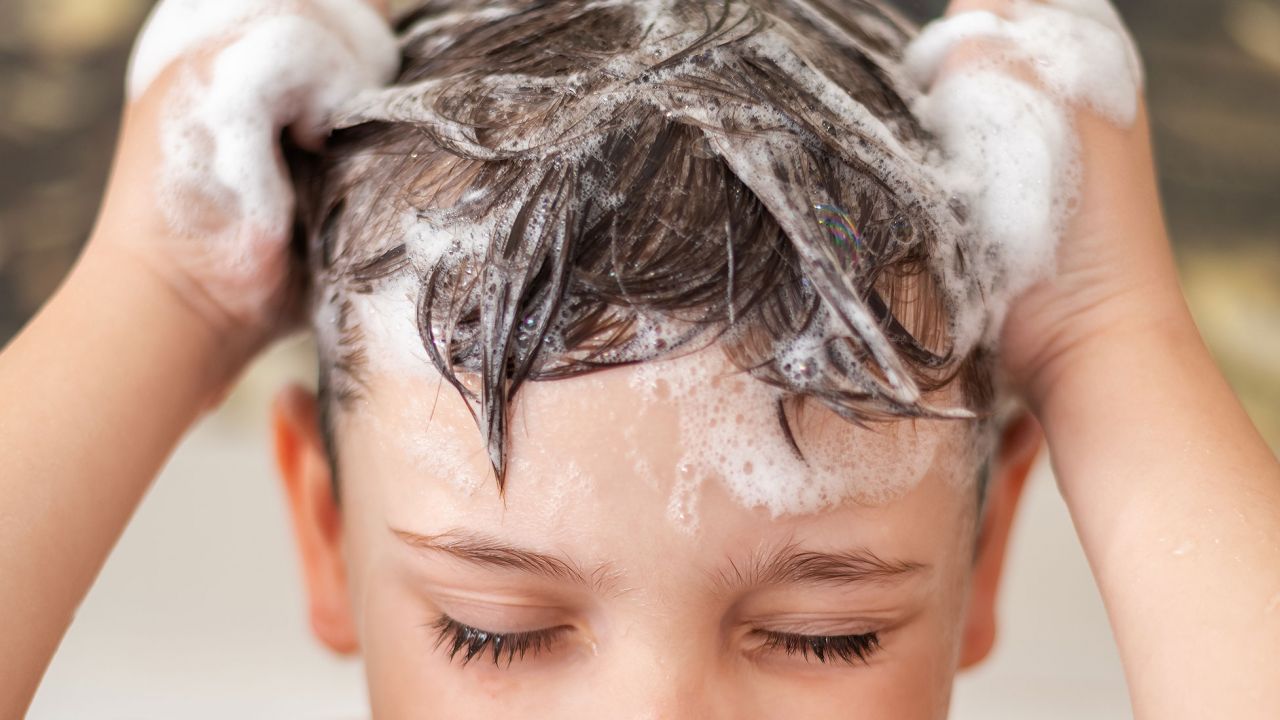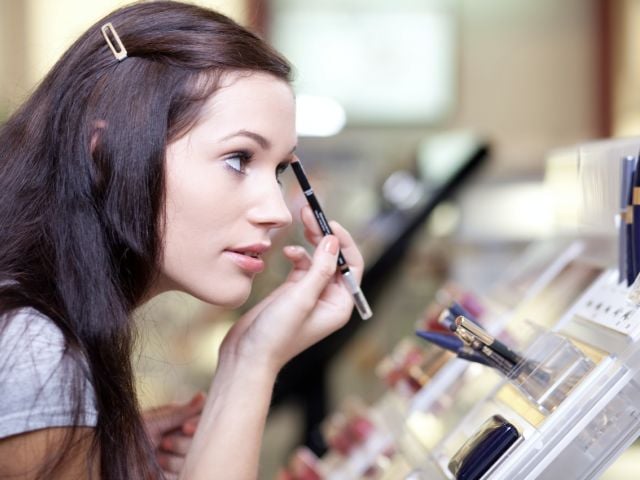
View and Download the report here: Campaign for Safe Cosmetics Report No More Toxic Tub
Children’s bath products are often marketed as safe and gentle. However, laboratory tests commissioned by the Campaign for Safe Cosmetics found these products are commonly contaminated with formaldehyde or 1,4-dioxane – and, in many cases, both. These two chemicals, linked to cancer and skin allergies, are anything but safe and gentle and are completely unregulated in children’s bath products.
The Food and Drug Adminstration (FDA) oversees the safety of personal care products in the U.S., but lacks basic authority needed to ensure that products are actually safe. The FDA cannot require companies to test products for safety before they are sold, does not systematically review the safety of ingredients and does not set limits for common, harmful contaminants in products. The FDA also does not require contaminants to be listed on product ingredient labels.1 As a result, consumers have no way of knowing if their products contain toxic contaminants.
This report is the first to document the widespread contamination of children’s products with formaldehyde and 1,4-dioxane.
According to the Environmental Protection Agency (EPA), 1,4-dioxane is a probable carcinogen.2 The federal Consumer Product Safety Commission states that “the presence of 1,4-dioxane, even as a trace contaminant, is cause for concern.”3 1,4-dioxane is a byproduct of a chemical processing technique called ethoxylation used to make petroleum-based cosmetic ingredients gentler to the skin. Manufacturers can easily remove the toxic byproduct, but are not required to under federal cosmetic safety standards.
Formaldehyde is a probable carcinogen, according to the EPA,4 though the risk of cancer from absorption through the skin is not fully understood.5 The chemical can also trigger adverse skin reactions in children and adults who are sensitive to the chemical.6-9 Contact dermatitis specialists recommend that children avoid exposure to products containing formaldehyde.10 Formaldehyde contaminates personal care products when common preservatives called formaldehyde releasers break down over time in the container.
None of the products tested list formaldehyde or 1,4-dioxane on the ingredient label. They are not added to products intentionally, but are toxic byproducts of chemical manufacturing and product formulation.
To better understand the extent of the problem, the Campaign for Safe Cosmetics and its partner Environmental Working Group sent samples of popular children’s bath products to Analytical Sciences, an independent laboratory in Petaluma, Calif., to be tested. The products chosen for testing contained ingredients commonly associated with 1,4-dioxane or formaldehyde contamination.11
61% of the children’s bath products tested for this report contained both formaldehyde and 1,4-dioxane.
We tested 48 products for 1,4-dioxane. From that batch, we also tested 28 of those products for formaldehyde. Highlights of results from the independent lab tests include:
Multiple Contaminants:
- 17 out of 28 products tested (61%) contained both formaldehyde and 1,4-dioxane.
- Popular products that contained both contaminants include: Johnson’s Baby Shampoo, Sesame Street Bubble Bath, Grins & Giggles Milk & Honey Baby Wash and Huggies Naturally Refreshing Cucumber & Green Tea Baby Wash.
Formaldehyde:
- 23 out of 28 products tested (82%) contained formaldehyde, at levels ranging from 54 to 610 parts per million (ppm).
- Baby Magic Baby Lotion, made by Ascendia Brands, Inc., contained the highest levels of formaldehyde found in the tests.
- Two samples of Baby Magic Baby Lotion contained formaldehyde at levels that would trigger warning label requirements in Europe (above 500 ppm or .05%).12
- Formaldehyde is banned from personal care products in Japan and Sweden.13
1,4-dioxane:
- 32 out of 48 products tested (67%) contained 1,4-dioxane at levels ranging from 0.27 to 35 ppm.
- Several samples of American Girl shower products were found to contain the highest levels of 1,4-dioxane found in the tests.
- The European Union bans 1,4-dioxane from personal care products at any level,14 and has recalled products that contain the chemical.15
As this report shows, dozens of leading body care products for babies and children contain the toxic chemicals formaldehyde and 1,4-dioxane. Many of these products also contain other ingredients with known or suspected links to cancer or other serious health problems – showing that, unbeknownst to most parents, harmful chemicals in the bath may be adding up.
The evidence is compelling: The United States must reform cosmetic policies to protect people, especially babies and children, from unnecessary toxic chemical exposures.
View and Download the report here: Campaign for Safe Cosmetics Report No More Toxic Tub



